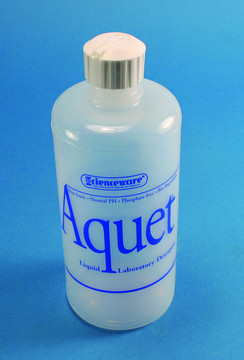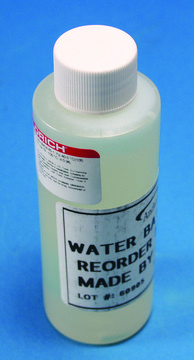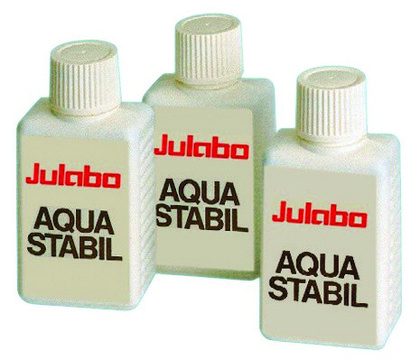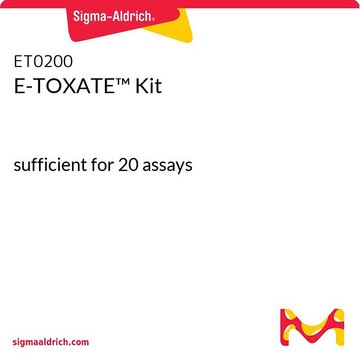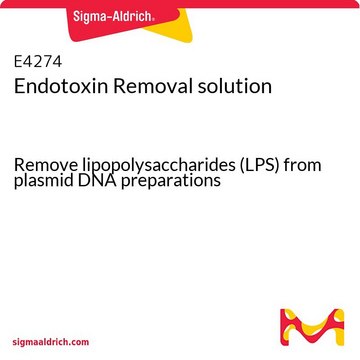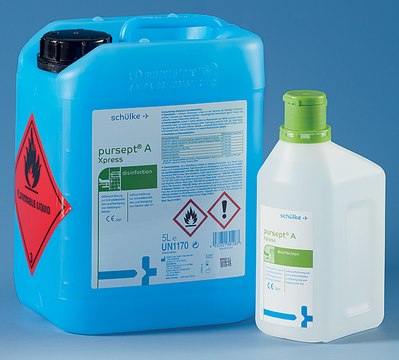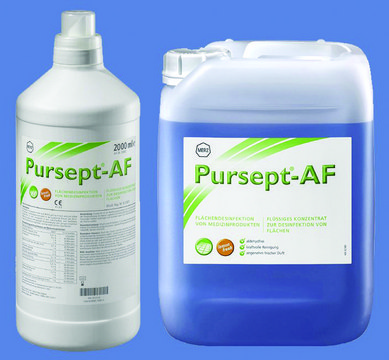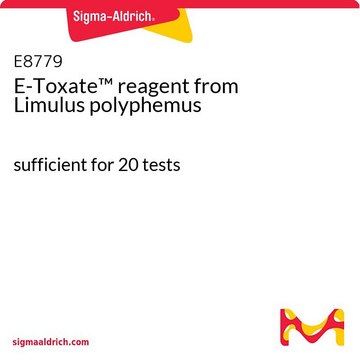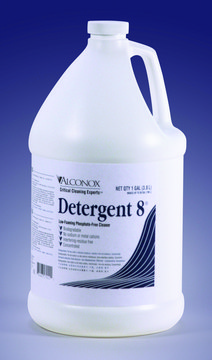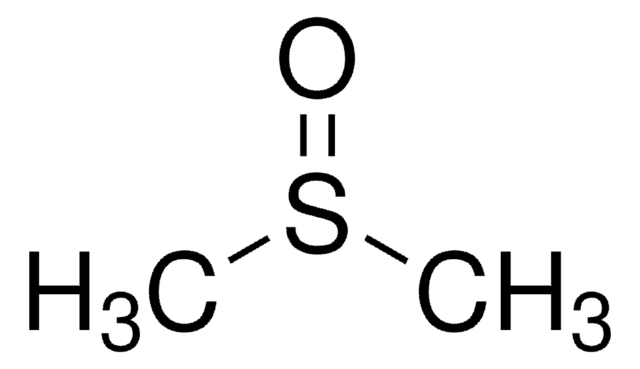E9029
E-Toxa-Clean™ Concentrate
alkaline detergent
Synonym(s):
Endotoxin removal agent
Sign Into View Organizational & Contract Pricing
All Photos(1)
About This Item
UNSPSC Code:
12352202
NACRES:
NA.26
Recommended Products
Quality Level
Related Categories
Application
E-Toxa-Clean™ Concentrate has been used to destroy all the endotoxins in the glasswares. It is also been used to destroy the contamination of low density lipoprotein (LDL)(+) and LDL(−) with lipopolysaccharide (LPS).
Use at 1% in hot tap water.
Biochem/physiol Actions
Alkaline detergent for pre-cleaning glassware prior to inactivation of endotoxin by steam sterilization or baking.
Legal Information
E-Toxa-Clean is a trademark of Merck KGaA, Darmstadt, Germany
related product
Product No.
Description
Pricing
Signal Word
Danger
Hazard Statements
Precautionary Statements
Hazard Classifications
Acute Tox. 4 Oral - Eye Dam. 1 - Skin Irrit. 2
Storage Class Code
11 - Combustible Solids
WGK
WGK 2
Flash Point(F)
Not applicable
Flash Point(C)
Not applicable
Personal Protective Equipment
dust mask type N95 (US), Eyeshields, Gloves
Choose from one of the most recent versions:
Already Own This Product?
Find documentation for the products that you have recently purchased in the Document Library.
Electronegative LDL induces priming and inflammasome activation leading to IL-1 beta release in human monocytes and macrophages.
Estruch M, et al.
Biochimica et Biophysica Acta - Molecular and Cell Biology of Lipids, 1851(11), 1442-1449 (2015)
A rapid protocol for construction and production of high-capacity adenoviral vectors.
Jager L, et al.
Nature Protocols, 4(4), 547-547 (2009)
Lorenz Jager et al.
Nature protocols, 4(4), 547-564 (2009-04-18)
High-capacity adenoviral vectors (HC-AdVs) lacking all viral coding sequences were shown to result in long-term transgene expression and phenotypic correction in small and large animal models. It has been established that HC-AdVs show significantly reduced toxicity profiles compared with early-generation
Our team of scientists has experience in all areas of research including Life Science, Material Science, Chemical Synthesis, Chromatography, Analytical and many others.
Contact Technical Service